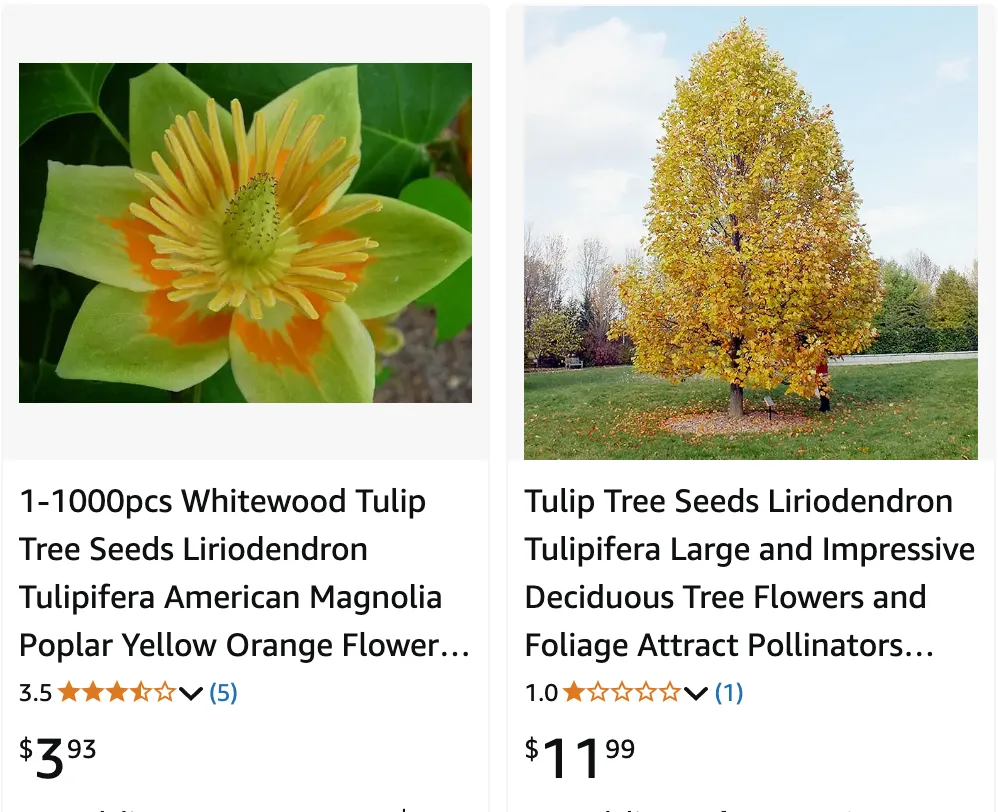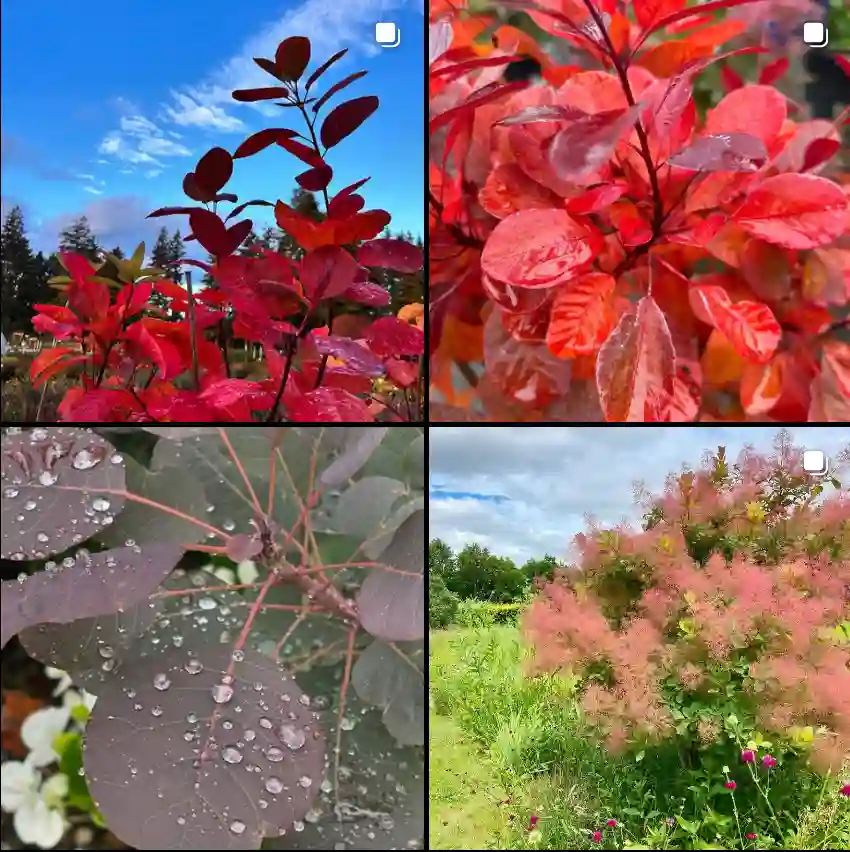
June 28 – Liriodendron
"Liriodendron, the tulip tree, represents June 28."
Liriodendron symbolizes strength, growth, and renewal. Like the towering tulip tree, you stand with confidence, providing stability and support to those around you. Your ability to grow and adapt, while remaining grounded, reflects the majestic and enduring nature of this tree. With your radiant presence, you bring fresh perspectives and inspire those in your life to reach for greater heights.
Liriodendron: A Tale of Two Tulip Trees
My name is Ferb Vu, and I’ve always been fascinated by trees. Their silent strength, their longevity, the way they connect us to the earth – there’s something truly majestic about them. But among the countless species that grace our planet, the Liriodendron genus holds a special place in my heart.
This genus, belonging to Magnoliaceae – the magnolia family, boasts a unique characteristic: its flowers bear a striking resemblance to tulips. This resemblance has earned them the common name “tulip trees.” However, unlike the delicate tulips that bloom in spring gardens, these trees are giants of the forest, reaching towering heights and living for centuries.
Two Sides of the Same Coin
The Liriodendron genus comprises only two species:
- Liriodendron tulipifera: This is the American tulip tree, a native of eastern North America. It’s a true symbol of the region, known for its vibrant yellow flowers and distinctive four-lobed leaves. I remember the first time I saw one in full bloom. It was like stumbling upon a hidden treasure, a splash of sunshine amidst the verdant forest. – Plant FAQs: Tulip Tree – Liriodendron Tulipifera – Tulip Poplar
- Liriodendron chinense: As the name suggests, this species hails from China and Vietnam. It’s a bit smaller than its American cousin and has slightly different shaped leaves, with a more rounded base. Growing up in Vietnam, I was fortunate enough to encounter these trees in their natural habitat. Their elegant form and subtle beauty left a lasting impression on me. – Plant FAQs: Liriodendron Chinense
More Than Just a Pretty Face
While their aesthetic appeal is undeniable, Liriodendron trees offer much more than just visual delight. They play a vital role in their respective ecosystems, providing food and shelter for a variety of wildlife. Their timber is also highly valued for its strength and versatility, used in everything from furniture making to construction.
But for me, the allure of Liriodendron goes beyond its ecological and economic importance. These trees represent a connection to the past, a living testament to the enduring power of nature. They remind me that despite the rapid pace of change in our world, some things remain constant.
A Legacy of Resilience
The longevity of Liriodendron trees is truly remarkable. Some individuals have been known to live for over 400 years, silently witnessing the ebb and flow of history. They’ve weathered storms, droughts, and even the encroachment of human civilization. Their resilience is an inspiration, a reminder that we too can overcome challenges and endure.
In a world that often feels chaotic and unpredictable, the Liriodendron genus offers a sense of stability and continuity. These trees stand tall, their roots firmly planted in the earth, their branches reaching towards the sky. They are a symbol of hope, a reminder that even in the face of adversity, life persists.
A Personal Connection
As someone who has always felt a deep connection to nature, I find solace in the presence of Liriodendron trees. Whether I’m wandering through a forest in North America or exploring the mountains of Vietnam, the sight of these majestic trees fills me with a sense of awe and wonder.
They are a reminder of the interconnectedness of all living things, a symbol of the shared heritage that unites us all. And in a world that often feels divided, that’s a message worth cherishing.
If i die, water my plants!



